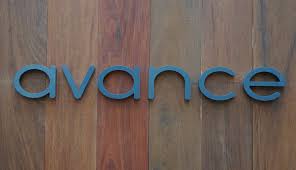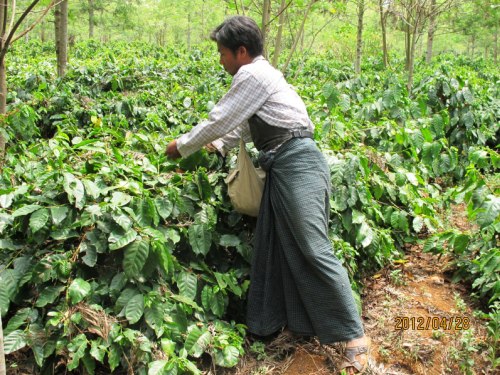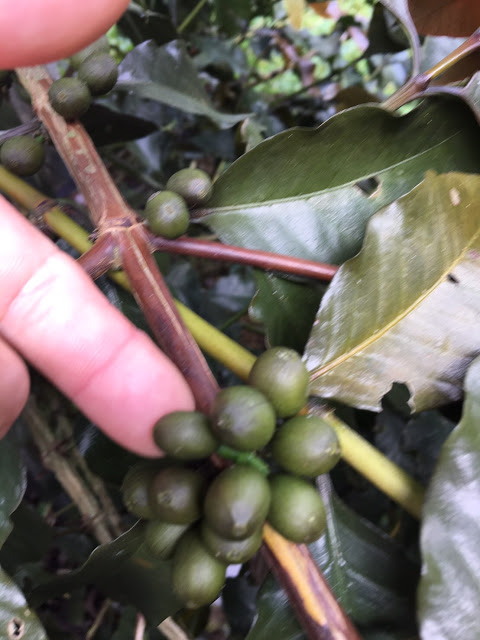How to change the meagre income of Coffee Farm Analysis on the trend of Coffee Farm
Following the recent Avance Coffee Sustainable Development Conference in Guatemala, the Professional Coffee Association issued a report analysing available public information on farm profitability and costs.

The author makes a reliable meta-analysis of production data and cost data. Shockingly, they found only nine studies and publications from around the world and thought they were available. For an industry built on 22 million farmers, this tells us that there is little public data on farm costs and profitability. The main and surprising conclusion of the authors of the study is that farm production has nothing to do with agricultural income. On the face of it, this seems to be a somewhat contradictory conclusion. Why not increase production and lead to more income?
Let's take a quick look at how to calculate net income. The simplest version is (revenue x price)-(cost of production) = net income. In fact, this is much more complicated because there are multiple sales, prices, and several fixed and variable costs related to production costs.
For the purpose of our discussion, let's focus on the foundation. The first two variables of this equation, output and price, are often subject to the most rigorous scrutiny, but we often forget that the three variables in the equation are related. The main finding of the report is that "increasing production usually increases the cost of producing coffee, especially in the short term, which may reduce the profitability of the farm." In other words, producing more coffee is expensive, cutting into farmers' profits.
This seems to follow a basic economic theory-the law of diminishing marginal returns.
This economic theory points out that when you try to increase production, the incremental output of each input decreases. In other words, if you spend $100 on fertilizer, every $100 you spend won't get the same increase in production as the original $100.
To better understand how commercial farms balance profitability and profitability, I talk to someone who understands and manages this dynamic every day. Gustavo Cerna is the supply chain director of MACERCAFE, a Nicaraguan family business, and currently operates 10 farms, each about 200 hectares.

Senna and I shared the findings of the SCA report and asked him what he thought of the negative relationship between productivity and net income. Senna enthusiastically agreed with the discovery because it imitated what they did on the farm.
"We are trying to increase medium productivity and try to produce products that produce 25 to 300000 tons (3500 to 4200 pounds per hectare of raw coffee)," Cerna said. "this is the best place. We have tried to produce 40-50 kroons, and the price is too high, we face too many risks. Note: Manzana is a medium American unit with an area of about 0.70 hectares, and Quintales is a 100lb unit. A quintal is abbreviated here as QQ. )
In other words, in many cases, being a high-yielding farmer is very expensive and risky. Cerna refers to the increase in production costs needed to increase productivity. Higher productivity requires a combination of the following management: higher plant density, increased fertilizer application and quantity, and higher renewal frequency. You also need labor because you need more people to apply these management skills and more hands to harvest coffee. In the end, MACERCAFE's economic analysis shows that the key to their profitability is to maximize efficiency, not output. This is consistent with the conclusion of the SCA report.
Serna presented the economic analysis in more black and white language. "We need a deposit of about $50 / QQ-that's the goal," he said. "this is not our net profit, but this profit margin covers our long-term loans, depreciates and provides us with some profits. "
If we look at it on a per regional basis, the net profit per QQ is $50 and the average productivity per hectare is 35 QQ, then the profit is $1785 per hectare. The average production cost at the Macercafe is $1.10 to $1.20, with a target price of $1.60 to $1.80 per pound. Although these prices are still higher than the current global coffee prices, they can still be reached. The Technoserve study cited in the SCA article puts the cost of production at $1.66, which means these farmers need a price of $2.16 to reach Macercafe's profit margin of $0.50.
Cerna and Macercafe have the ability to analyze their costs and revenues and understand how to maximize economic benefits. So, what can a small farmer learn from it? What is the key to efficient production? I put this question to Cerna, and he had this idea:

1) understand fixed costs and maximize productivity
Gustavo Cerna: "Farms need to understand their fixed costs and how to maximize productivity." These costs do not necessarily contribute to the productivity of the farm, but the (fixed) costs add up.
SCA reports that fixed costs for farmers are almost zero, but this is a problem of oversimplification. Household expenditure can be regarded as a fixed cost because it is a necessary condition for the farm to play a role. As mentioned in the report, the depreciation of trees needs to be included in these fixed costs.
2) reduce risk through moderate productivity
Gustavo Cerna: "it's too expensive to produce a lot of coffee." You may generate a lot of high-yielding cash flow, but your costs will increase and you will have a large cash outflow. It also puts you in the face of the next disaster-coffee leaf rust, weather, a bad year. You will have costs, but no income. "
3) "Radio Control"
Gustavo Senna (Gustavo Cerna): "A smaller farmer has a higher level of control in all respects than on a large farm-labor productivity and quality control." This is the advantage they should try to maximize. "
In order to invest in productivity, small farmers often do not have access to funds. They do not have the ability to absorb the initial decline in profitability after the need to increase yields. Small farmers are usually looking for the highest profit margins, which means they may invest less or not at all in farms.
This is an uncomfortable answer for the coffee industry, especially when we consider the future needs of coffee consumers and the 22 million farmers around the world involved in coffee production. In view of this situation, we need to reconstruct the narrative to consider the return on investment of farmers, rather than an absolute increase in productivity.
In the report, the author criticizes the promotion of "good agricultural practices" because although they may increase yields, they may not necessarily improve profitability. Therefore, the question we must ask is: "which practices can provide the greatest return on investment?"
Our job is to ensure that we not only measure benefits purely economically, but also take into account natural resources and social aspects. Coffee farmers produce more than just one product driver, which accounts for 1.6 per cent of US GDP. They produce drinking water for local communities; they isolate carbon (unfortunately slower than humans); and they provide jobs for locals and migrants who need cash to work.
We need to find ways to assess all these contributions in order to fully compensate coffee farmers.
Important Notice :
前街咖啡 FrontStreet Coffee has moved to new addredd:
FrontStreet Coffee Address: 315,Donghua East Road,GuangZhou
Tel:020 38364473
- Prev

Istanbul Petra Cafe introduces the five major cafes in Istanbul
The Nianta district of Istanbul occupies a unique position in the social class of the city. Equivalent to the West Village and the Upper East side, it is home to the elderly, the upper crust, as well as writers, scholars and foreigners. This is a cosmopolitan place, and you may see a soap opera star hiding in a boutique wine store. The area is almost surrounded by the city.
- Next

A cafe in Adelaide, Australia, offers ultra-high caffeine coffee comparable to death wish.
A coffee shop in Adelaide, Australia, has launched super coffee with 5 grams of caffeine per cup, 80 times more caffeine than regular coffee and half the lethal dose. When selling this "kill you" (Asskicker) coffee, the store issued a health warning that people with a bad heart or blood pressure problems should not buy it. A cup of espresso contains 60 milligrams of caffeine, one standard.
Related
- Why can American refills for free? The difference between Americano and American drip pot coffee
- Being chased out of the rain in front of Starbucks?! Store: Sheltering from rain under umbrellas poses a safety hazard
- The white moonlight has changed?! Lucky launches "Big Winter Pear American"
- Hand-brewed coffee three-stage method, high-sweet and universal brewing method to share! What does the high sweet water level of hand-brewed coffee mean?
- What is the difference between raw, refined and full espresso coffee? How to extract espresso and taste good?
- A complete list of coffee bean names and their meanings! What is Yejia Shefi coffee? Where is Mantelin coffee?
- What grade does Arida Manor Kaduai coffee beans belong to? What treatment is Arida ASD slow anaerobic sun exposure?
- The milk tea cup becomes smaller?! Overlord Tea Girl launches a new "Return to Yunnan" series
- Accused of selling counterfeit and high-priced coffee beans! Well-known boutique coffee brand "Oukelao" bowed and apologized!
- How to make espresso dumplings? Can I eat coffee and glutinous rice balls together?

